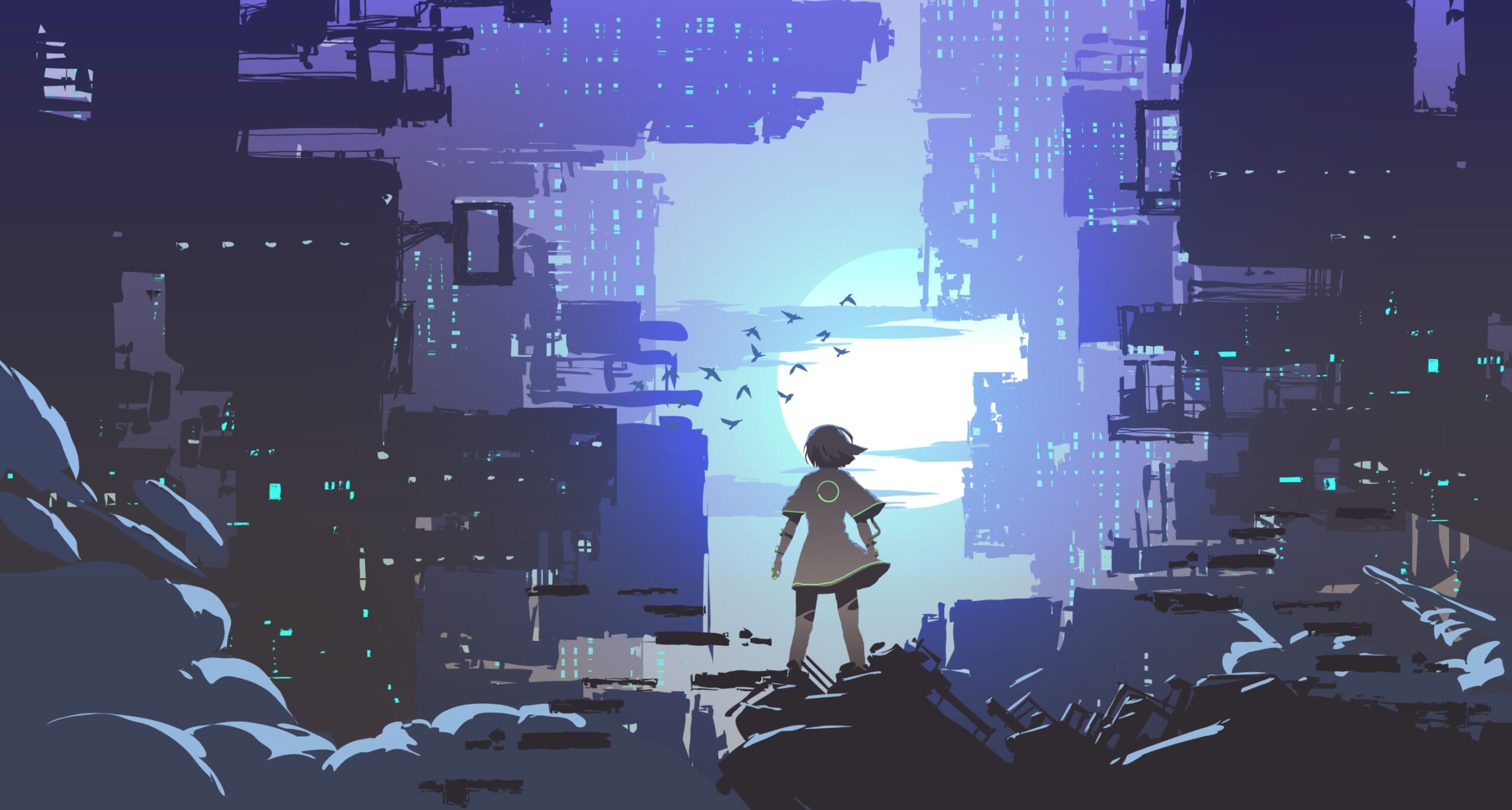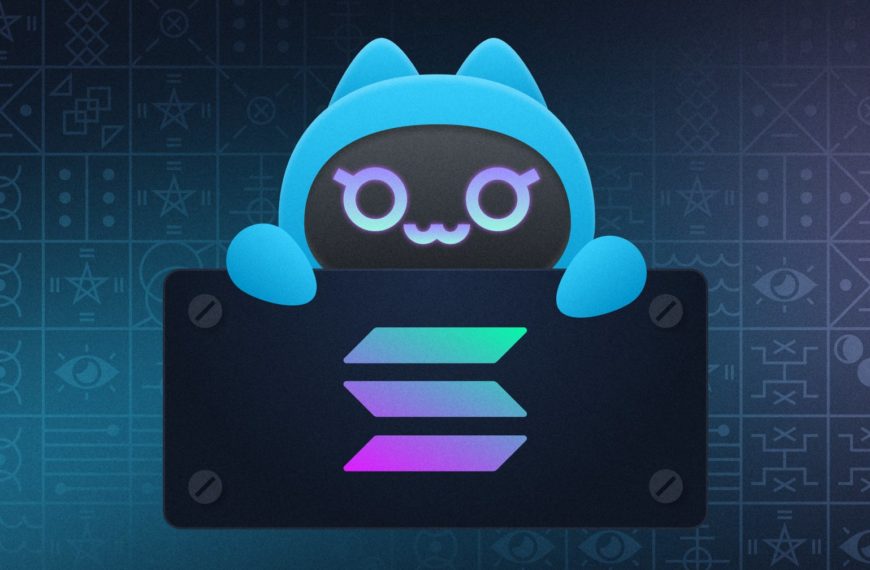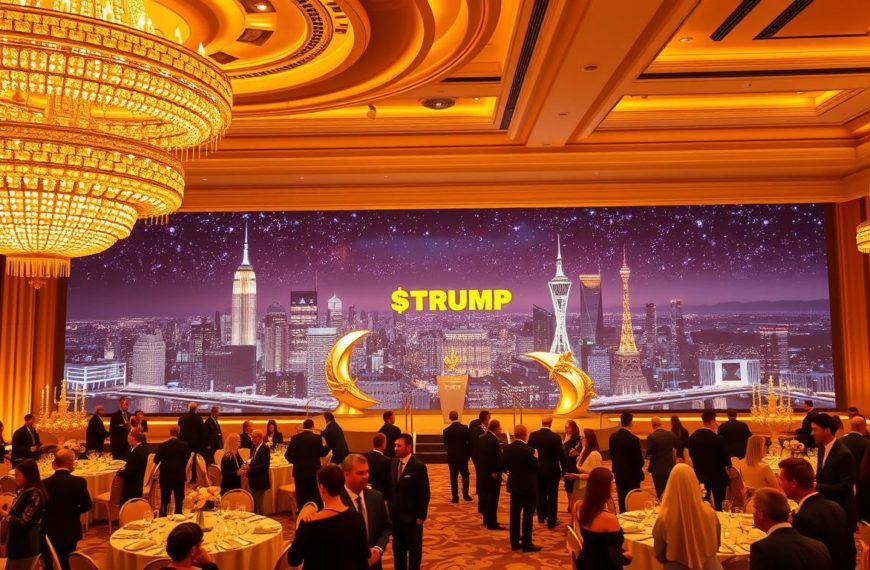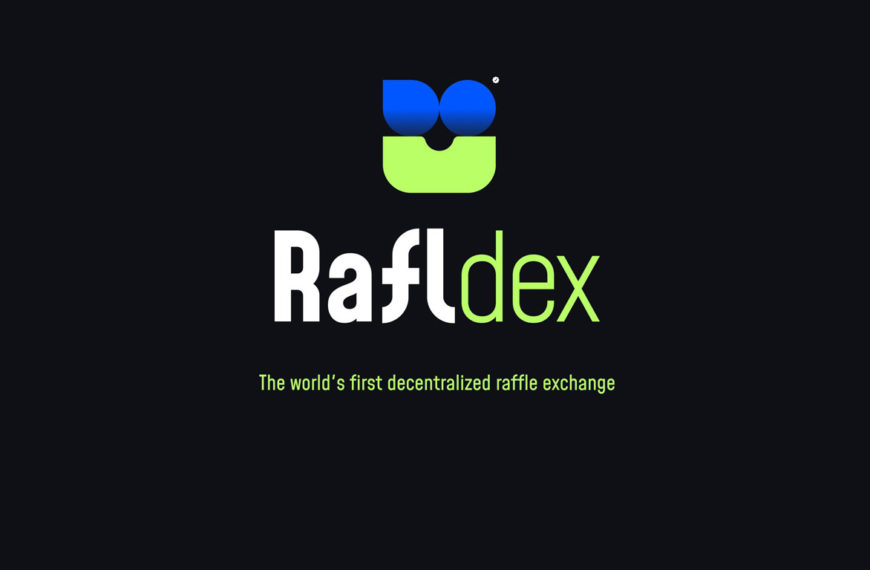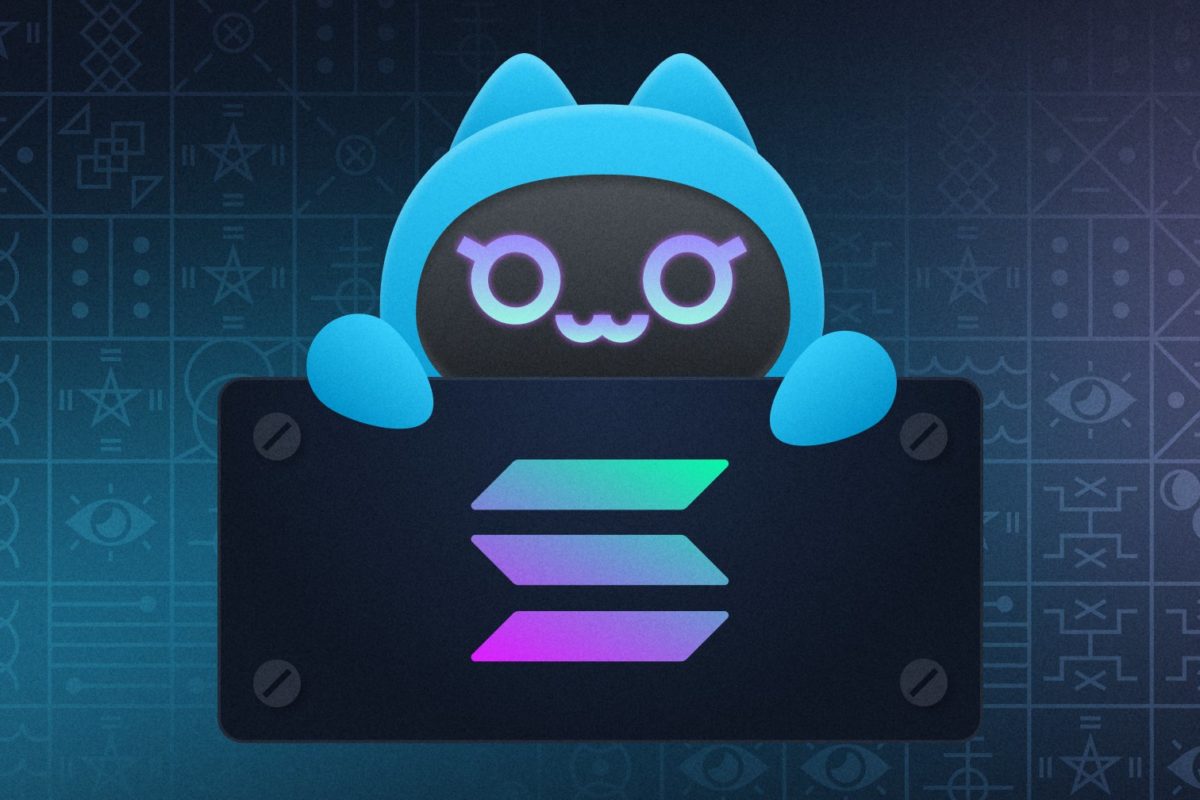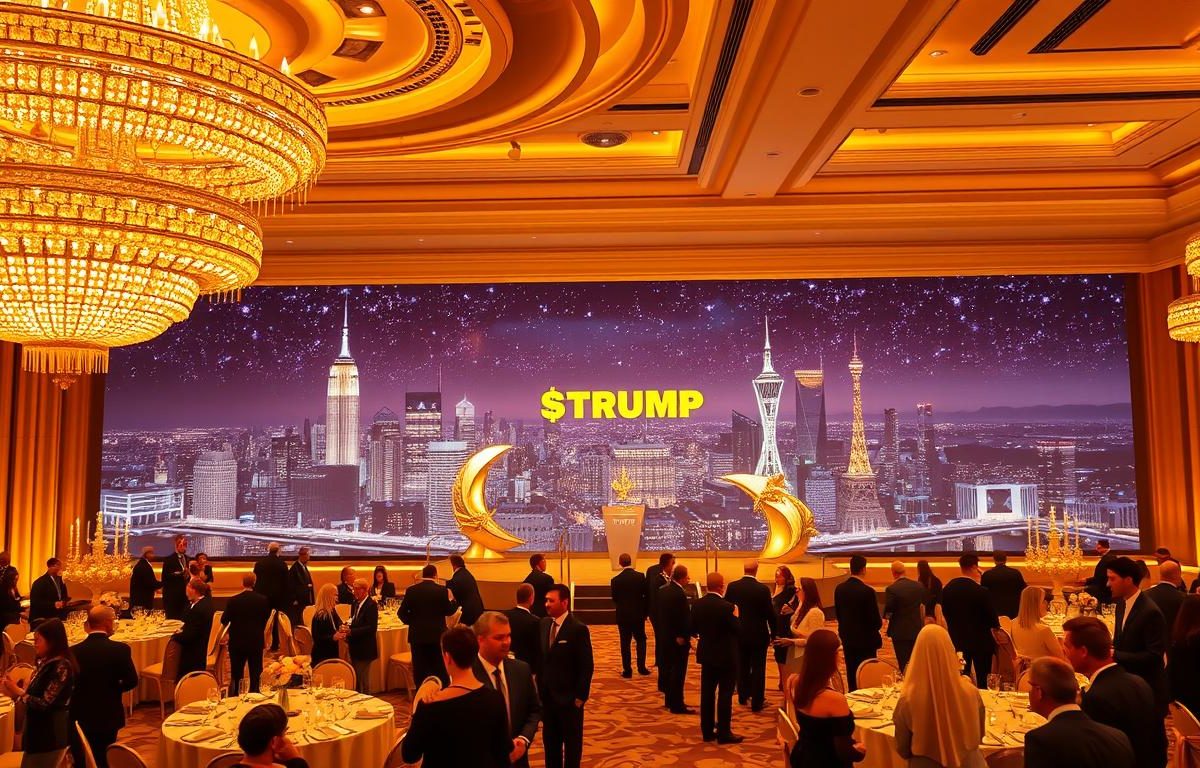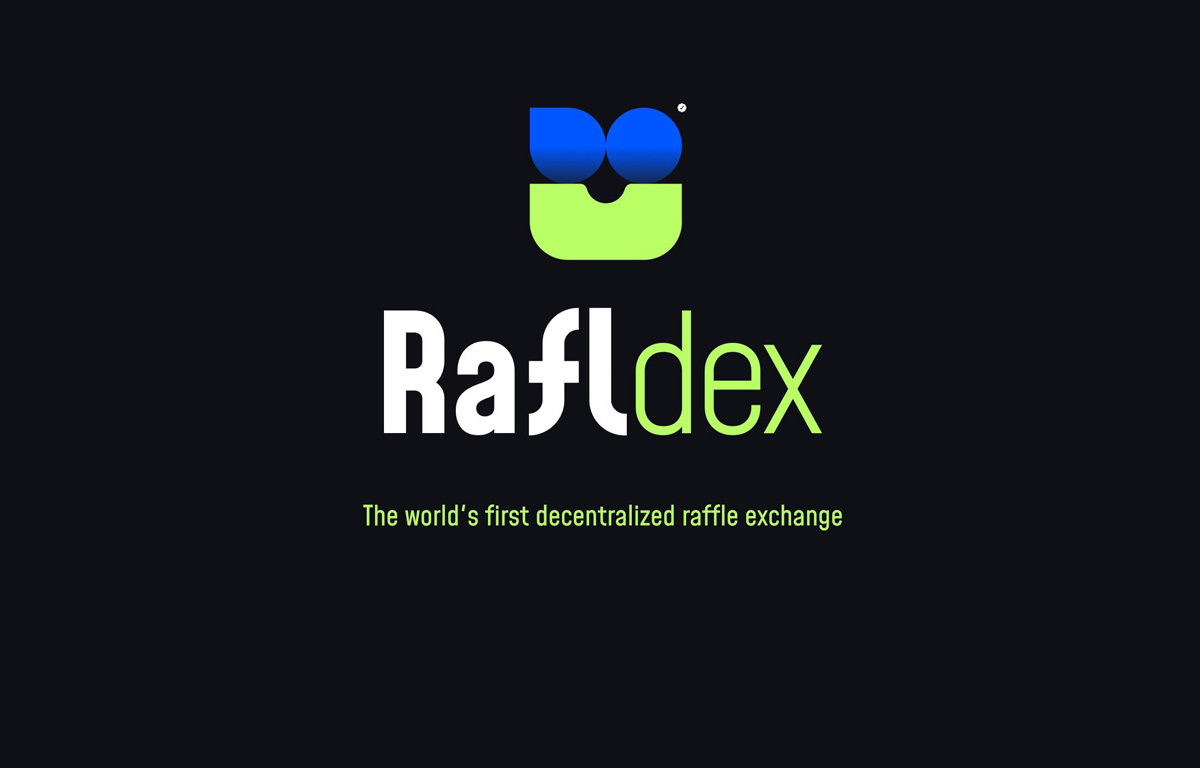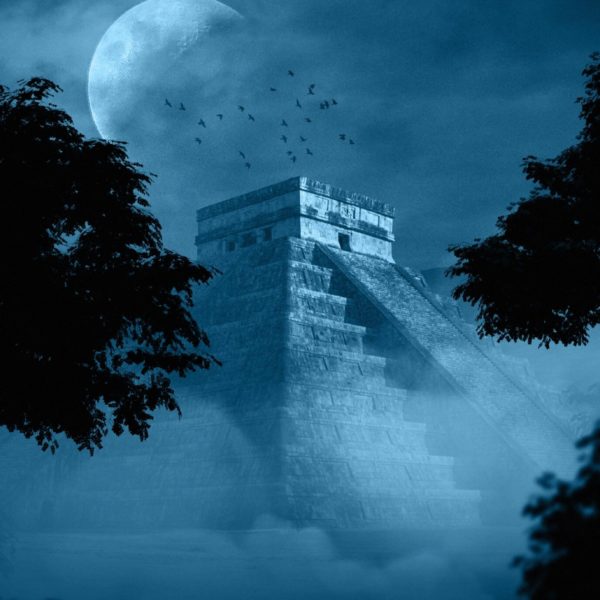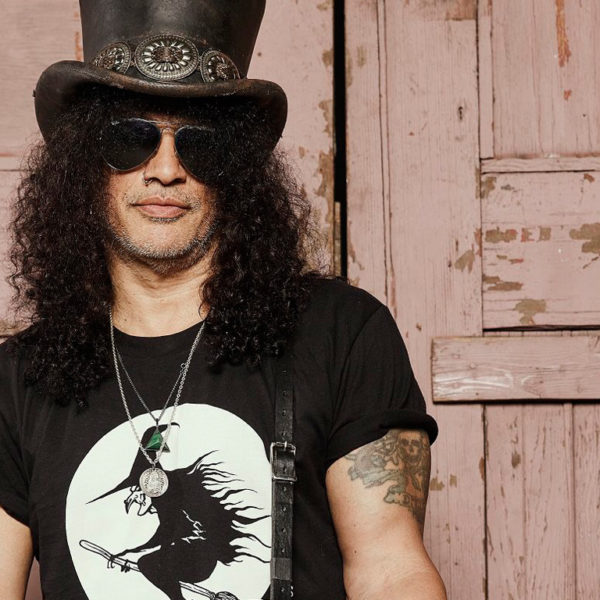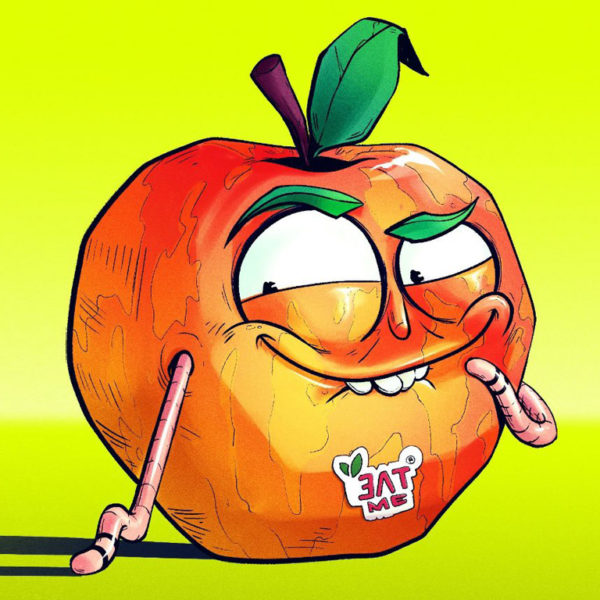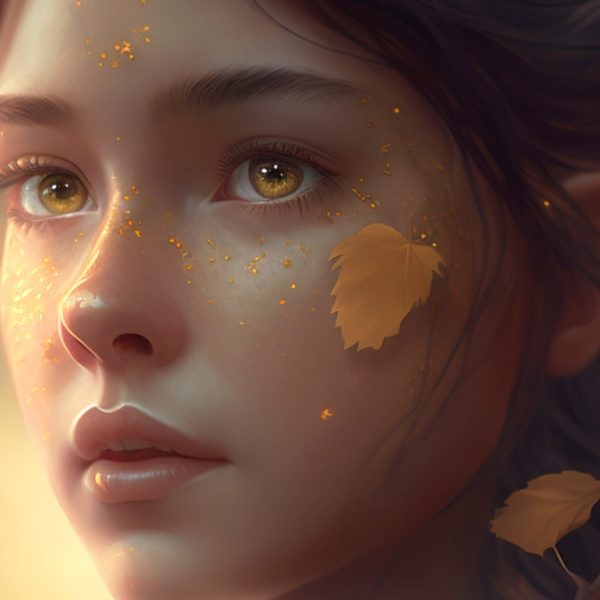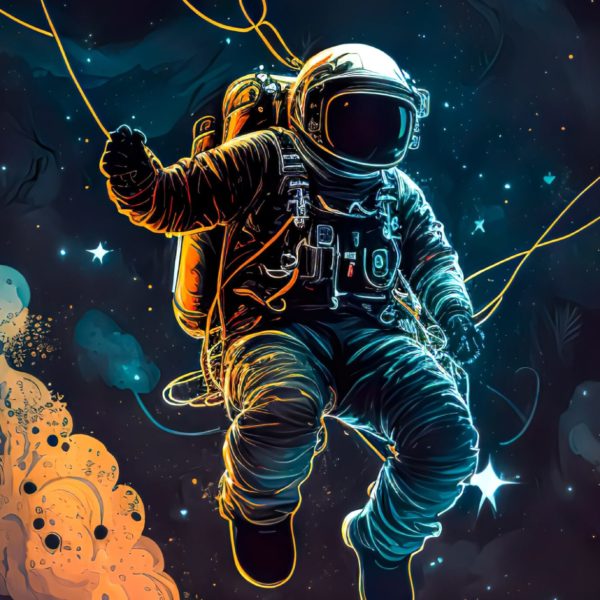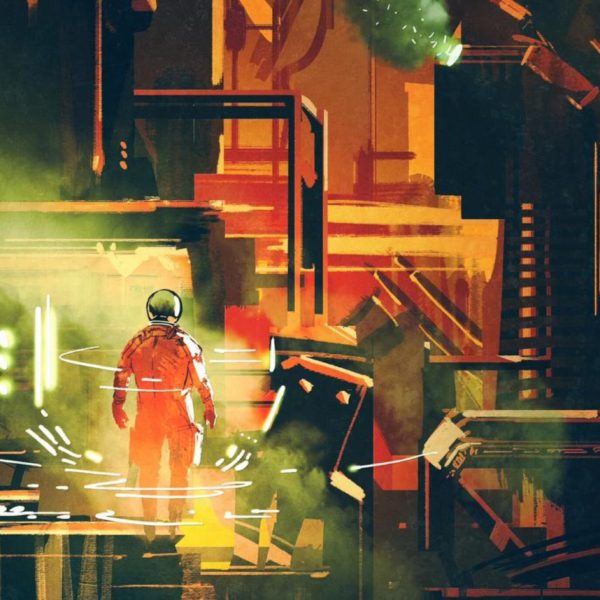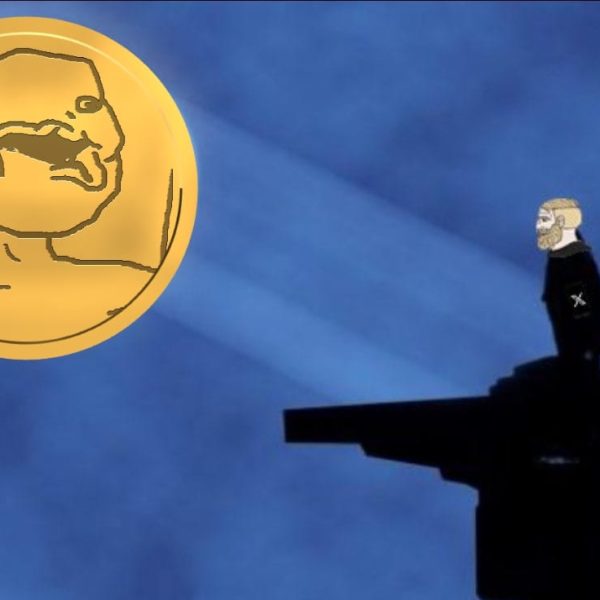NFTs have changed how we collect and value digital items. These tokens, stored on blockchain networks, represent unique assets like digital art or virtual goods. Each NFT proves ownership, allowing for one-of-a-kind digital creations.
Now, digital collectibles reach people all over the world through sites like OpenSea and Rarible. Artists and creators sell their digital art directly using NFTs. This ensures buyers get proof of authenticity.
This shift challenges traditional art markets. It gives artists new ways to make money from their work.
Blockchain technology makes every NFT transaction clear and safe. Collectors can check ownership history quickly, cutting down on fraud. As digital art becomes more popular, NFTs are changing what it means to own something online.
Understanding NFTs: The Foundation of Digital Collectibles
NFTs change how we see digital ownership. They use NFT technology to create unique digital assets. Unlike regular files, each NFT is one-of-a-kind and can’t be copied or swapped.
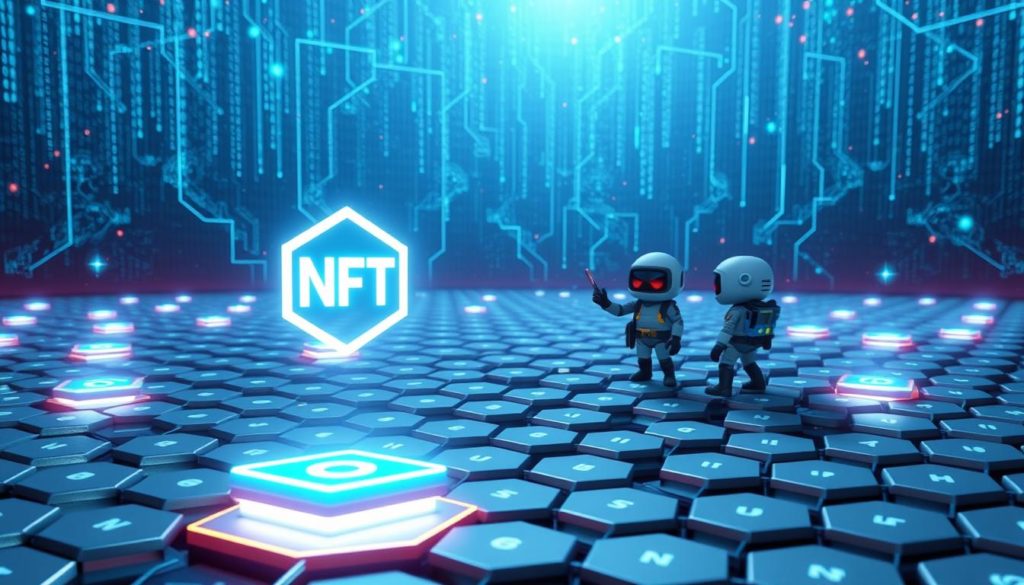
What Are NFTs?
NFTs are digital certificates on blockchains. They show ownership of things like art, music, or virtual land. For instance, buying a digital artwork as an NFT means you own the original.
This uniqueness comes from NFT technology. It ensures every token is different, thanks to tracking every transaction.
The Role of Blockchain in Digital Collectibles
Blockchain is key to NFTs. It’s a decentralized ledger that keeps track of every NFT’s history. This makes fraud almost impossible.
Platforms like Ethereum use blockchain to check if something is real. This lets buyers and sellers trust each other without needing middlemen. Every time something is transferred, it’s recorded forever, proving digital ownership and keeping value safe.
The Evolution of Digital Collectibles in the Digital Era
Collecting has always been a human passion, from stamp albums to baseball cards. The NFT evolution now redefines ownership in a digital world. Early digital collectibles like virtual pets in games or limited-edition online art hinted at this shift. These items lacked true scarcity—until blockchain changed everything.
Blockchain technology turned digital collectibles history on its head. Platforms like NBA Top Shot let fans buy official game moments as unique NFTs. Artists like Beeple sold digital art for millions, proving these items hold real value. This marks a digital revolution, where art, music, and even tweets become tradable assets.
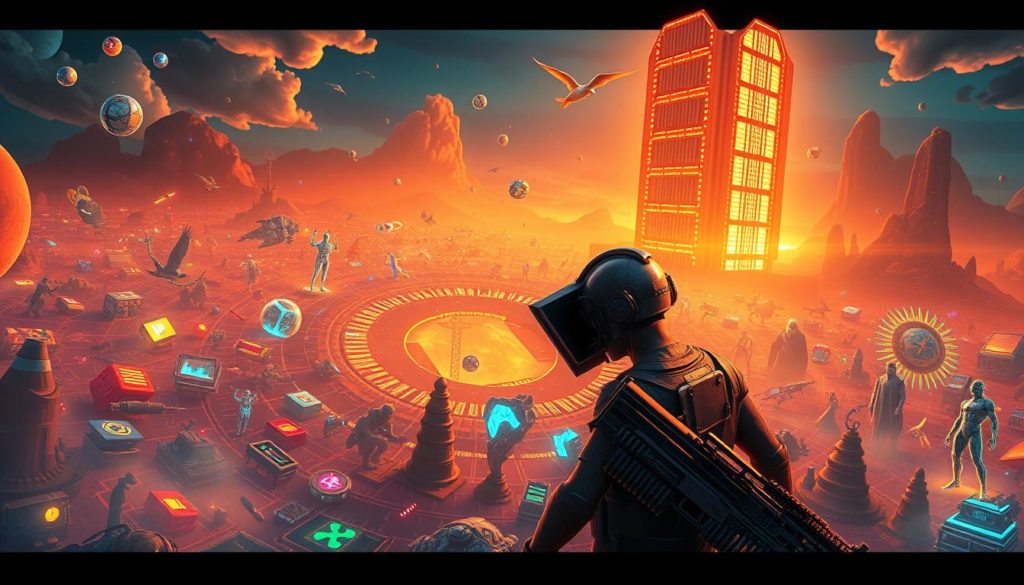
Today’s NFT market spans virtual real estate, music tracks, and virtual fashion. Major brands like Coca-Cola and Gucci release NFTs, blending tradition with tech. This shift isn’t just about profit—it’s about creating new ways to own and share culture. As more creators join, the line between physical and digital collectibles grows blurrier, opening doors for global communities to connect through shared digital treasures.
Impact on Virtual Ownership and Trade
NFTs have changed how we buy, sell, and value digital assets. Now, we trade everything from music to virtual real estate. This change is reshaping industries and driving NFT market trends. Platforms and creators are working to keep up, finding a balance between new ideas and making things easy for everyone.
Changing the Landscape of Art and Entertainment
Artists can now sell their work directly through digital art trade. Sites like Rarible and SuperRare let them sell unique pieces without needing galleries. Even places like the Kyujanggak Digital Heritage Project are tokenizing historical items, making them available worldwide.
Fans can own special content, like concert tickets tied to NFTs. This combines art and commerce in a new way.
How Trade Platforms are Adapting
- Streamlined interfaces make it easier for new users to buy and sell.
- Security upgrades use blockchain to ensure items are real.
- Platforms like X-PASS offer different membership levels, combining virtual trade with community access.
- Working with brands creates unique digital souvenirs, boosting interest.
This shift towards open, decentralized systems is big. As more areas use these tools, the NFT market trends will keep shaping how we value and trade digital goods.
Future Trends and Innovations in Digital Collectibles
Digital collectibles are growing beyond art and gaming. The future of digital collectibles depends on new tech and market changes. New ways of making, trading, and enjoying these assets are emerging.
Emerging Technologies Shaping the Future
AI and IoT are changing the game. For example, NVIDIA’s AI tools help create unique digital items quickly. Meanwhile, platforms like Decentraland use NFTs for virtual land ownership. Here’s how tech is changing things:
- AI: Makes NFT creation more creative and automated
- Metaverse: Offers immersive spaces for NFTs
- IOT: Connects physical items to digital ownership via NFTs
Predicting Market Behavior
NFT sales are expected to keep growing, with a 40% increase in 2023, says DappRadar. Now, people value NFTs for what they do, not just how they look. Nike’s RTFKT Studio shows how NFTs can add real value, like access to services.
As markets evolve, expect more rules and new types of NFTs. These will mix art with useful functions. The future looks bright, balancing new tech with practical uses.
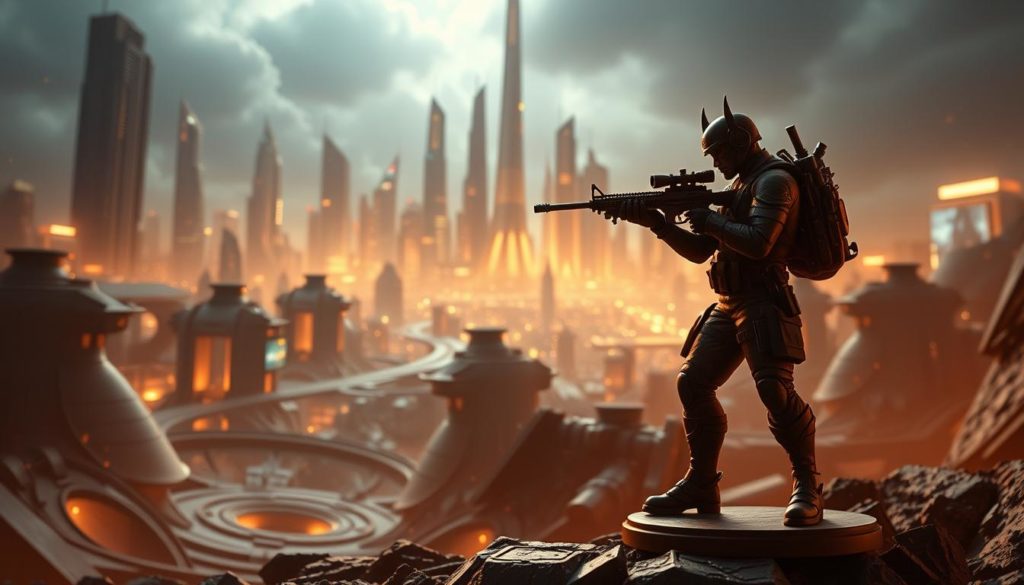
Conclusion
Blockchain innovation has changed digital collectibles into a key part of today’s world. NFTs let creators from all over make money from their art, music, and more. This change shows a big shift in how we value things online.
The future of NFTs depends on how we keep improving. With advancements in AI and decentralized networks, digital collectibles can grow even more. We’re seeing new ways to mix physical and virtual assets, showing how fast this field is growing.
This shows us a world on the brink of big changes. From virtual homes to special experiences, new ideas are always coming. For fans, diving into this world means joining a story that’s still being written. It’s a place where creativity meets the latest technology.
The future looks bright and full of chances for everyone. It’s all about making things secure, easy to get to, and full of possibilities.
